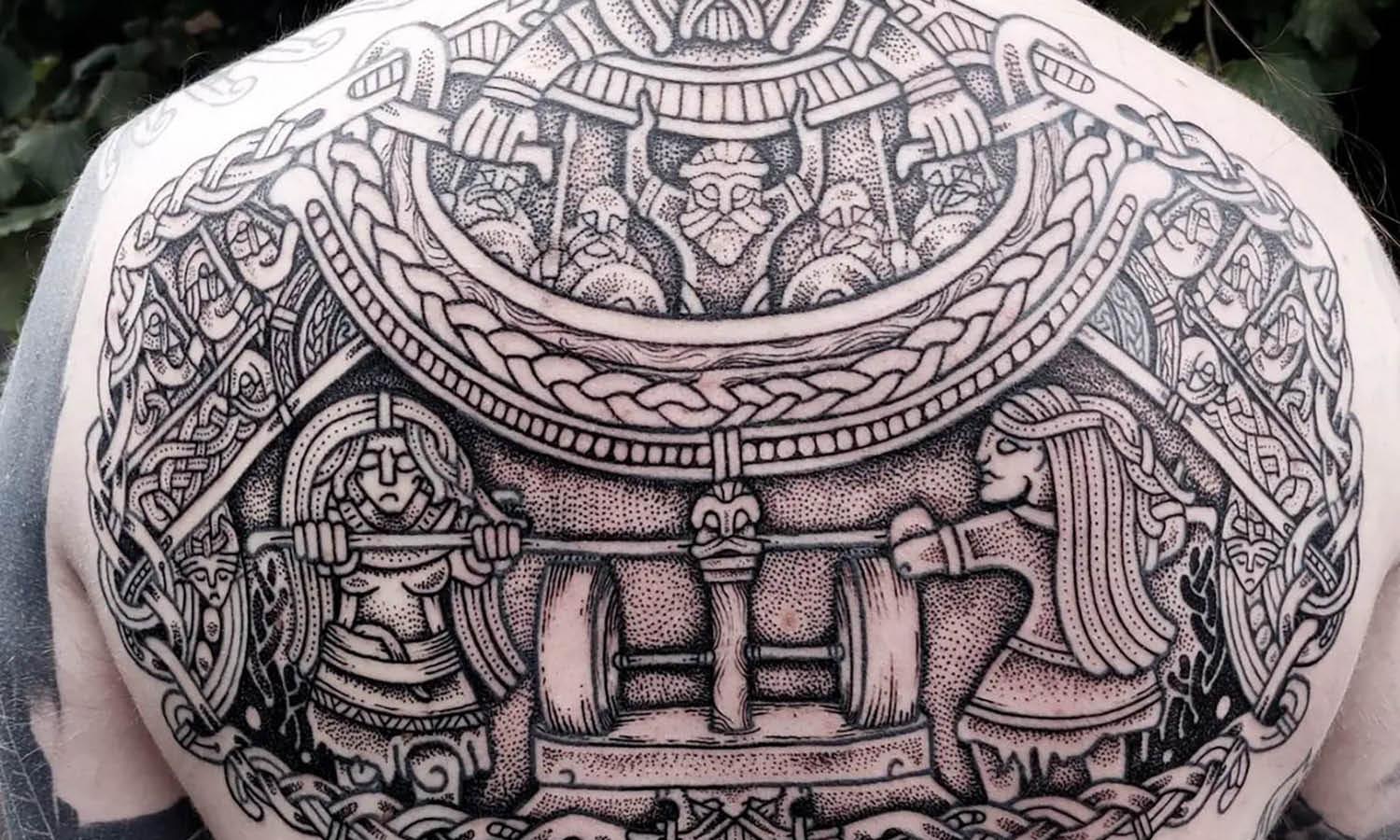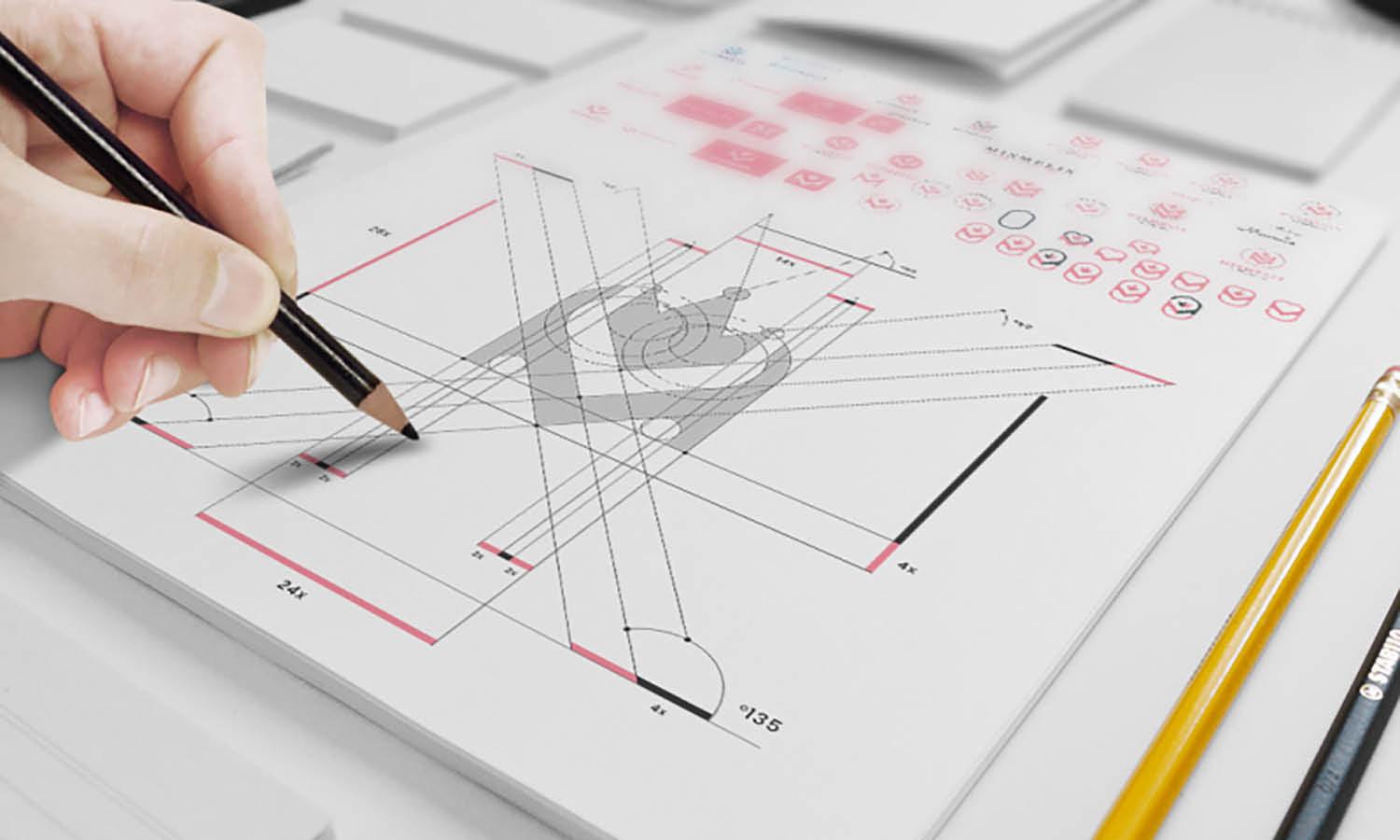Kyoto National Museum, Kyoto | Art Museum Guide

Source: Wiiii, Kyoto National Museum, Wikipedia, https://en.wikipedia.org/wiki/File:Kyoto_National_Museum_2009.jpg
The art museum, Kyoto National Museum, Kyoto is one of Japan’s most celebrated cultural landmarks, renowned for its dedication to preserving and showcasing the nation’s artistic heritage. Located in the historic Higashiyama district, the museum offers visitors a remarkable journey through centuries of Japanese creativity and craftsmanship. Since its establishment in 1897, it has grown into a leading institution that combines tradition with modern presentation, making it a destination that attracts art enthusiasts from around the world.
The museum’s collections are vast and varied, ranging from delicate ceramics and ancient sculptures to exquisite textiles, calligraphy, and paintings. Many of these works are classified as National Treasures and Important Cultural Properties, providing a rare opportunity to view art that has shaped Japan’s identity. Beyond its collections, the museum itself is an architectural gem, with its iconic Meiji-era red-brick building complemented by contemporary exhibition spaces.
Visitors to the art museum, Kyoto National Museum, Kyoto will also appreciate its serene gardens, engaging educational programs, and thoughtful amenities that enhance the overall experience. Whether exploring its permanent galleries or seasonal exhibitions, every visit offers insight into the depth and beauty of Japanese art and history.
Offers A Rich Historical Background
The art museum, Kyoto National Museum, Kyoto is a testament to Japan’s commitment to preserving and celebrating its cultural heritage. Established in 1897 during the Meiji era, this museum was part of a broader movement to safeguard important works of art and history as the country modernized. From its earliest days, the institution has been dedicated to collecting, studying, and displaying treasures that reflect the evolution of Japanese society and artistry.
The museum’s original red-brick building, designed by Tokuma Katayama, is itself a historical artifact. Its Western-inspired architecture marked a turning point in Japanese design, symbolizing the nation’s willingness to integrate international styles while maintaining its own traditions. Over the decades, the museum has expanded with new facilities and modern exhibition spaces, yet it has preserved the charm and dignity of its early structure.
Visitors walking through the museum’s halls can feel the weight of history, as each exhibit is carefully curated to tell stories of past eras. The art museum, Kyoto National Museum, Kyoto offers not just a viewing experience but also a deep connection to the cultural and historical forces that have shaped Kyoto and Japan as a whole.
Houses A Diverse Collection Of Artworks
One of the most compelling reasons to visit the art museum, Kyoto National Museum, Kyoto is its remarkably diverse collection. The museum houses a vast array of artworks that span different periods, styles, and regions of Japan, offering a comprehensive look at the country’s artistic evolution.
Visitors can explore beautifully crafted ceramics, intricate textiles, ancient sculptures, and finely detailed paintings. The museum is particularly known for its collections of Buddhist art, including statues, ritual implements, and scrolls that highlight the profound role of religion in shaping Japanese aesthetics. Alongside these are works of calligraphy, lacquerware, and decorative arts that reflect both the everyday life and the ceremonial traditions of past centuries.
Many pieces in the museum’s collection have been designated as National Treasures or Important Cultural Properties, underscoring their significance and rarity. Each item is thoughtfully displayed with detailed explanations that allow visitors to appreciate not only the artistry but also the historical context behind it.
The art museum, Kyoto National Museum, Kyoto continues to expand and refresh its collection through special exhibitions and research initiatives, ensuring that every visit reveals something new and inspiring. For those eager to immerse themselves in Japan’s artistic legacy, the museum’s diverse holdings make it an unforgettable destination.
Features Iconic National Treasures
The art museum, Kyoto National Museum, Kyoto is widely recognized for its extraordinary collection of National Treasures. These masterpieces are not only remarkable for their artistic value but also for the historical and cultural narratives they carry. Each treasure preserved within the museum has been carefully selected for its exceptional quality and its ability to represent key periods in Japan’s artistic heritage.
Among these treasures are exquisite paintings, ancient scrolls, rare sculptures, and delicate textiles that have survived through centuries. Visitors can encounter works by renowned artists and craftsmen whose contributions shaped the evolution of Japanese art. Many of these treasures are displayed with detailed context, allowing guests to understand their original purposes, techniques, and the historical moments that inspired them.
The art museum, Kyoto National Museum, Kyoto also organizes periodic showcases that highlight specific National Treasures, offering deeper insight into their significance. These displays often reveal intricate details that might otherwise be overlooked, encouraging a closer appreciation of the artists’ skill and creativity. For art lovers and history enthusiasts alike, these treasures offer a rare opportunity to witness the finest examples of Japanese artistry, making every visit a truly memorable and enriching experience.
Highlights Masterpieces Of Buddhist Art
A visit to the art museum, Kyoto National Museum, Kyoto is incomplete without exploring its remarkable collection of Buddhist art. The museum holds an impressive array of sculptures, paintings, and ritual objects that illuminate the deep spiritual traditions of Japan. These masterpieces capture centuries of devotion, artistry, and craftsmanship, providing a profound look into the cultural role of Buddhism in Japanese history.
Among the highlights are serene Buddha statues carved from wood or cast in bronze, each exhibiting intricate details that reveal the skill of ancient artisans. Visitors will also find hanging scrolls depicting vivid religious narratives, mandalas rich in symbolism, and altar pieces that once adorned historic temples. These works offer not only visual beauty but also a connection to the spiritual practices and beliefs of generations past.
The art museum, Kyoto National Museum, Kyoto curates these pieces with thoughtful interpretation, ensuring visitors can appreciate both their aesthetic and religious significance. Temporary exhibitions often bring together rare items from other collections, providing fresh perspectives on Buddhist art. Whether one is studying iconography, admiring craftsmanship, or seeking a deeper understanding of Japan’s spiritual heritage, these masterpieces create a moving and educational experience.
Showcases Seasonal Special Exhibitions
The art museum, Kyoto National Museum, Kyoto is admired not only for its permanent collection but also for its dynamic seasonal special exhibitions. These exhibitions are carefully curated to introduce visitors to fresh themes, rare loans, and unique artistic collaborations that rotate throughout the year. By presenting artworks that are often not on permanent display, the museum ensures that each visit offers a new perspective and discovery.
Seasonal exhibitions often explore specific periods, techniques, or cultural motifs, giving audiences the chance to see how different art forms evolved over time. For example, a spring exhibition might focus on delicate folding screens adorned with cherry blossoms, while an autumn display could highlight ink paintings reflecting seasonal landscapes. These rotating displays celebrate the cyclical nature of Japanese aesthetics and the cultural importance of nature’s changing rhythms.
The art museum, Kyoto National Museum, Kyoto also collaborates with other institutions to bring in exceptional pieces from across Japan and beyond. This approach provides a broader context and invites deeper appreciation of the art’s origin and influence. Whether you are a first-time visitor or a returning enthusiast, these seasonal special exhibitions ensure that the museum always offers something new, enriching your understanding of Japan’s vast artistic legacy.
Presents A Historic Meiji-Era Architecture
The art museum, Kyoto National Museum, Kyoto is as notable for its architecture as it is for its collections. The main building, designed by Tokuma Katayama and completed in 1895, is a quintessential example of Meiji-era design. It stands as a bridge between Western architectural influences and traditional Japanese sensibilities, embodying the cultural shifts of that transformative period.
Constructed with striking red bricks and elegant stone details, the structure exudes a stately charm. Its balanced proportions, arched windows, and ornamental cornices reveal the Western-style aesthetics that Japan embraced during the late 19th century. At the same time, the building’s thoughtful integration into Kyoto’s historic environment honors local traditions and cultural continuity.
Inside, the spacious galleries are designed to complement both classical and modern exhibitions. High ceilings, natural lighting, and carefully planned layouts allow artworks to be displayed with clarity and dignity. Visitors can appreciate not only the pieces on view but also the architectural harmony that surrounds them.
The art museum, Kyoto National Museum, Kyoto thus offers a dual experience—one of artistic discovery and architectural admiration. The building itself is a living artifact, a testament to Japan’s openness to innovation while safeguarding its cultural identity, making every visit a layered and meaningful journey.
Includes Modern Exhibition Facilities
The art museum, Kyoto National Museum, Kyoto seamlessly blends historical charm with state-of-the-art exhibition facilities. While its main building reflects the elegance of the Meiji era, the museum’s modern wings and upgraded spaces ensure that valuable artworks are preserved and displayed under optimal conditions. These facilities are designed with advanced climate control systems, specialized lighting, and secure display cases, allowing visitors to view delicate items without compromising their conservation.
Large-scale galleries within the modern sections provide flexibility for hosting diverse exhibitions, from ancient scrolls to contemporary installations. Wide corridors and open layouts make it easy for guests to navigate, while thoughtful signage and information panels enrich the overall experience. The integration of modern technology also allows for interactive elements, enabling visitors to access deeper information about specific pieces through digital kiosks or audiovisual presentations.
The art museum, Kyoto National Museum, Kyoto prioritizes comfort and accessibility as well, offering ample seating areas, rest zones, and clear pathways for all visitors, including those with mobility needs. By combining historical architecture with cutting-edge exhibition design, the museum creates an environment where art can be appreciated in both a traditional and contemporary context, elevating each visit into a comprehensive cultural encounter.
Provides Educational Programs For Visitors
Education is a core mission of the art museum, Kyoto National Museum, Kyoto, and its extensive range of programs reflects a dedication to inspiring audiences of all ages. Through lectures, guided tours, and hands-on workshops, the museum provides opportunities to learn about Japan’s rich artistic heritage in engaging and memorable ways.
Special programs are tailored for different groups, from schoolchildren exploring art for the first time to scholars seeking detailed insights into specific collections. Guided tours, often led by knowledgeable curators or trained docents, offer in-depth explanations that bring context to the artworks on display. Seasonal lectures and symposiums highlight themes from current exhibitions, encouraging deeper appreciation and dialogue.
Workshops are another highlight, inviting participants to try traditional techniques such as brush painting or textile crafting. These sessions not only build skills but also foster a tangible connection to the art forms showcased in the museum. Families can enjoy family-friendly tours and activity sheets designed to make learning interactive and fun.
The art museum, Kyoto National Museum, Kyoto sees education as an integral part of its mission. By nurturing curiosity and understanding, it ensures that every visitor leaves with a richer sense of Japan’s artistic achievements and cultural history. Each program enhances the museum visit, turning it into a truly enlightening experience.
Conclusion
The art museum, Kyoto National Museum, Kyoto stands as a remarkable gateway to Japan’s cultural and artistic legacy. Its extensive collections, historic architecture, and innovative facilities create an environment where tradition meets modern interpretation. Visitors can explore National Treasures, appreciate masterpieces of Buddhist art, and enjoy seasonal exhibitions that reveal new perspectives on creativity. Surrounded by Kyoto’s vibrant heritage sites, the museum offers more than a visit—it provides an enriching journey into the heart of Japanese art. For anyone eager to experience the depth of Kyoto’s cultural spirit, this museum remains an inspiring and unforgettable destination.
Let Us Know What You Think!
Every information you read here are written and curated by Kreafolk's team, carefully pieced together with our creative community in mind. Did you enjoy our contents? Leave a comment below and share your thoughts. Cheers to more creative articles and inspirations!
















Leave a Comment